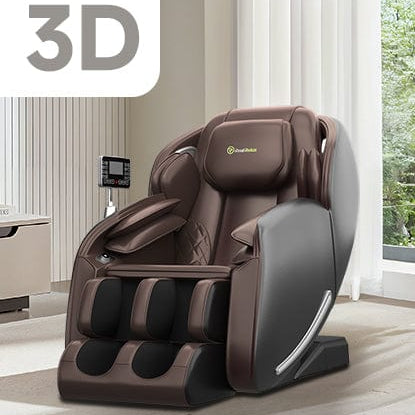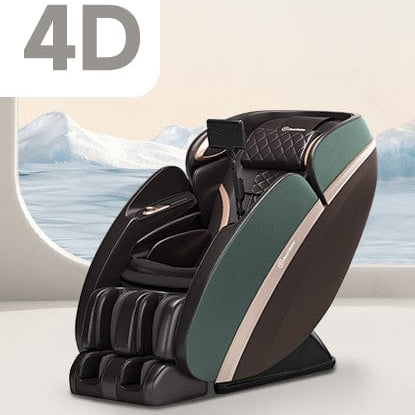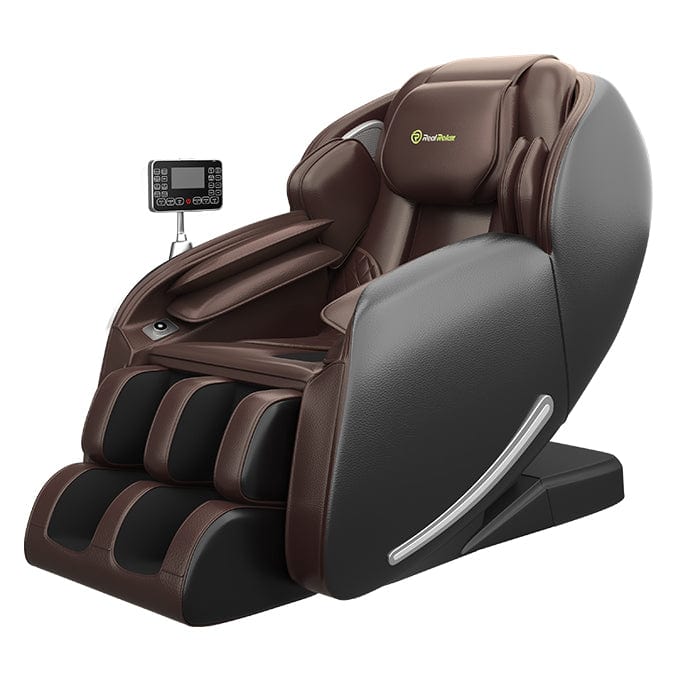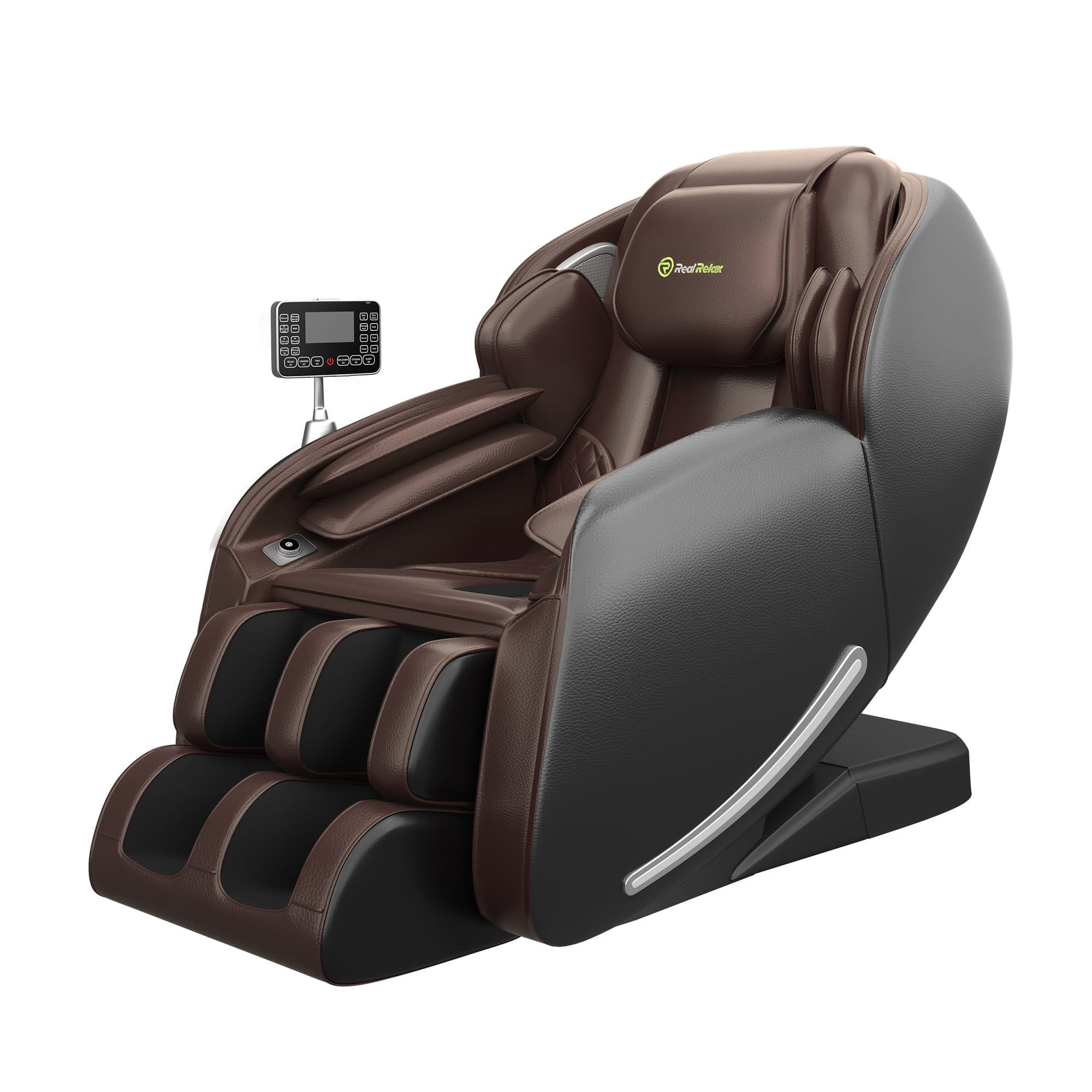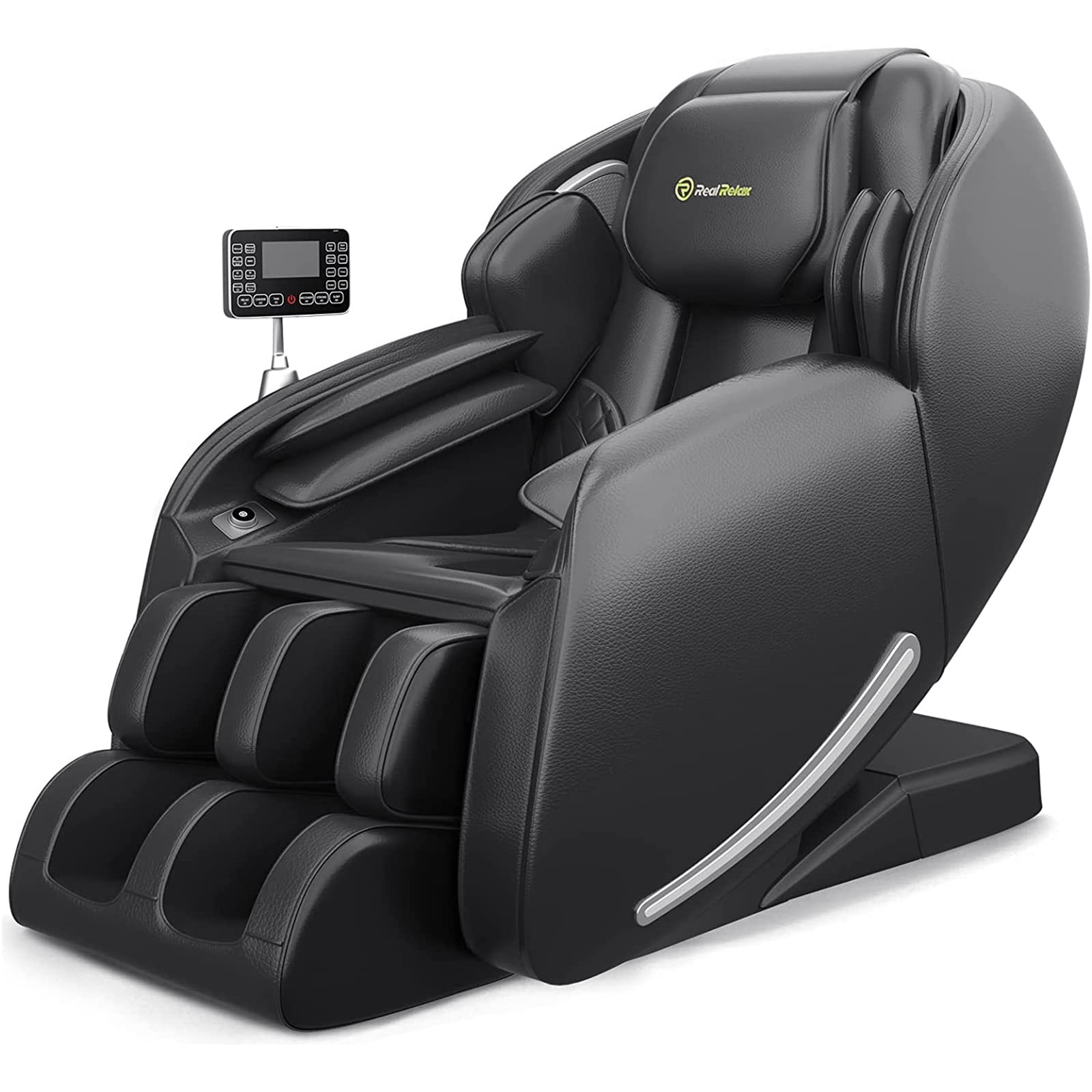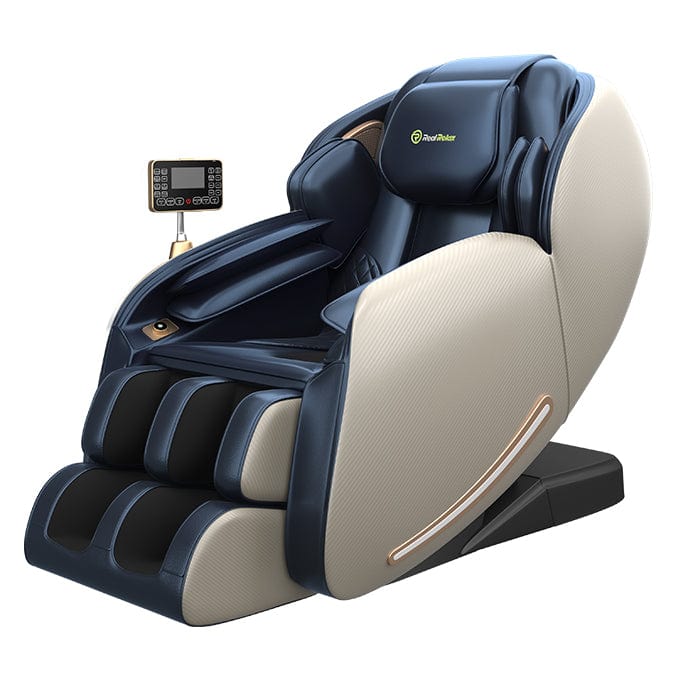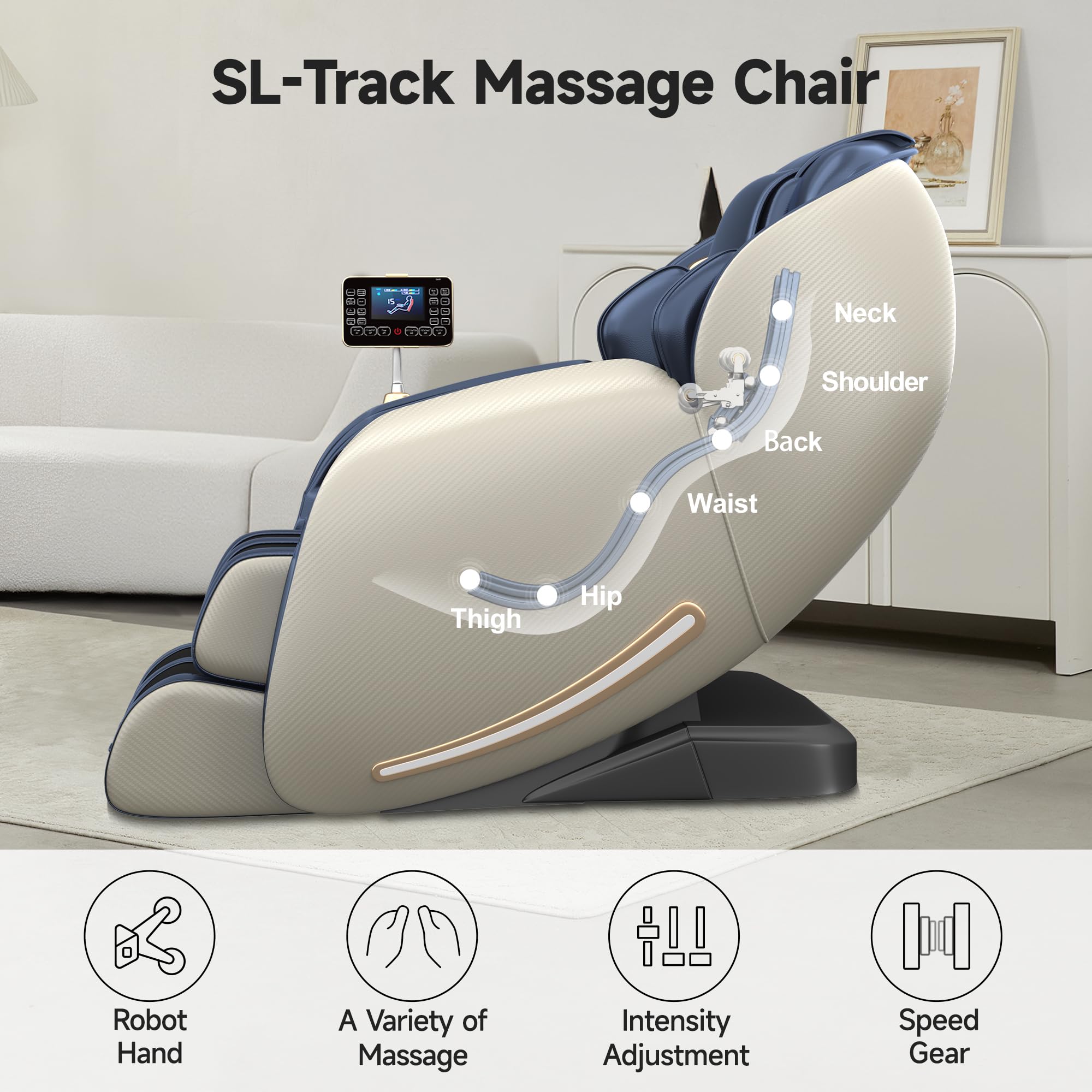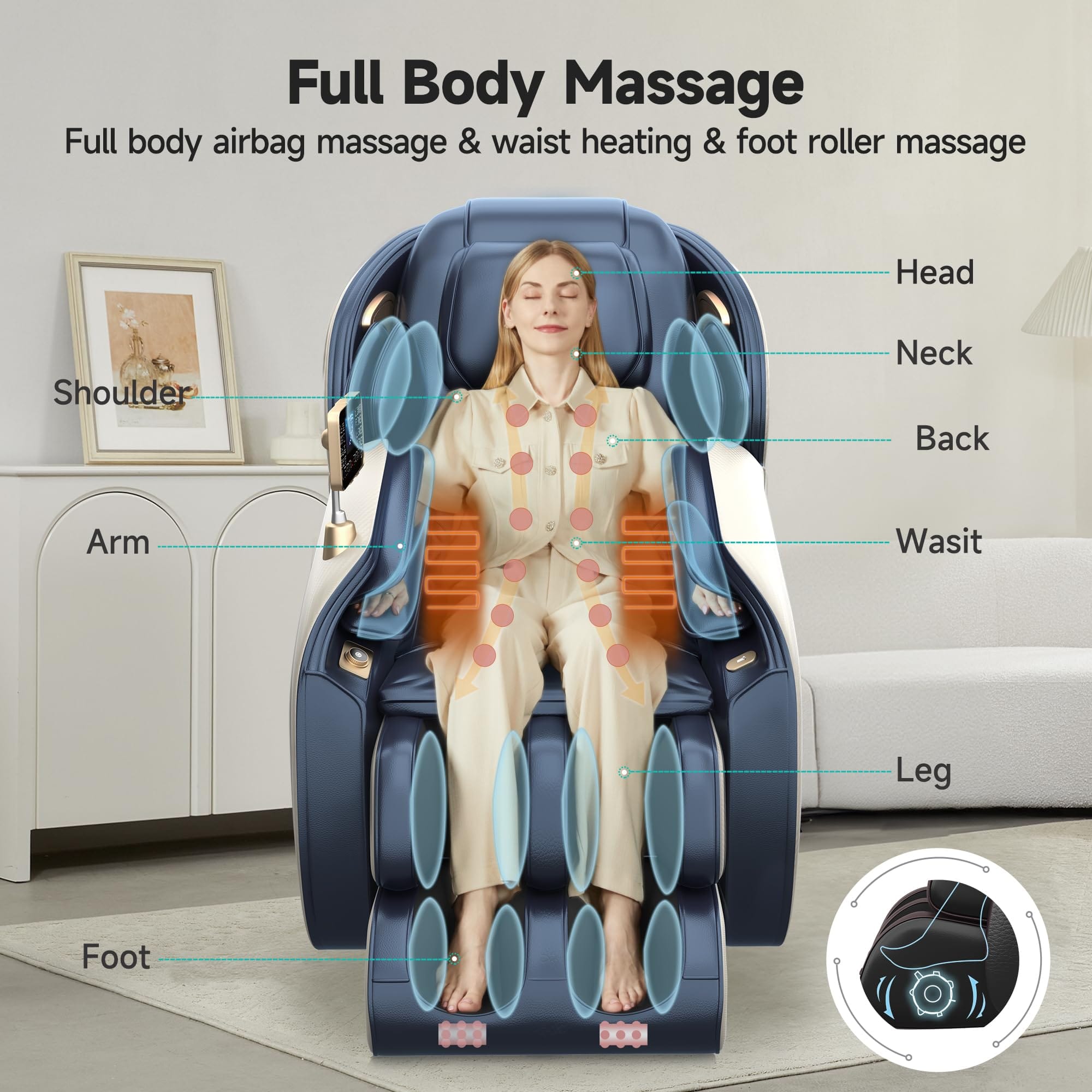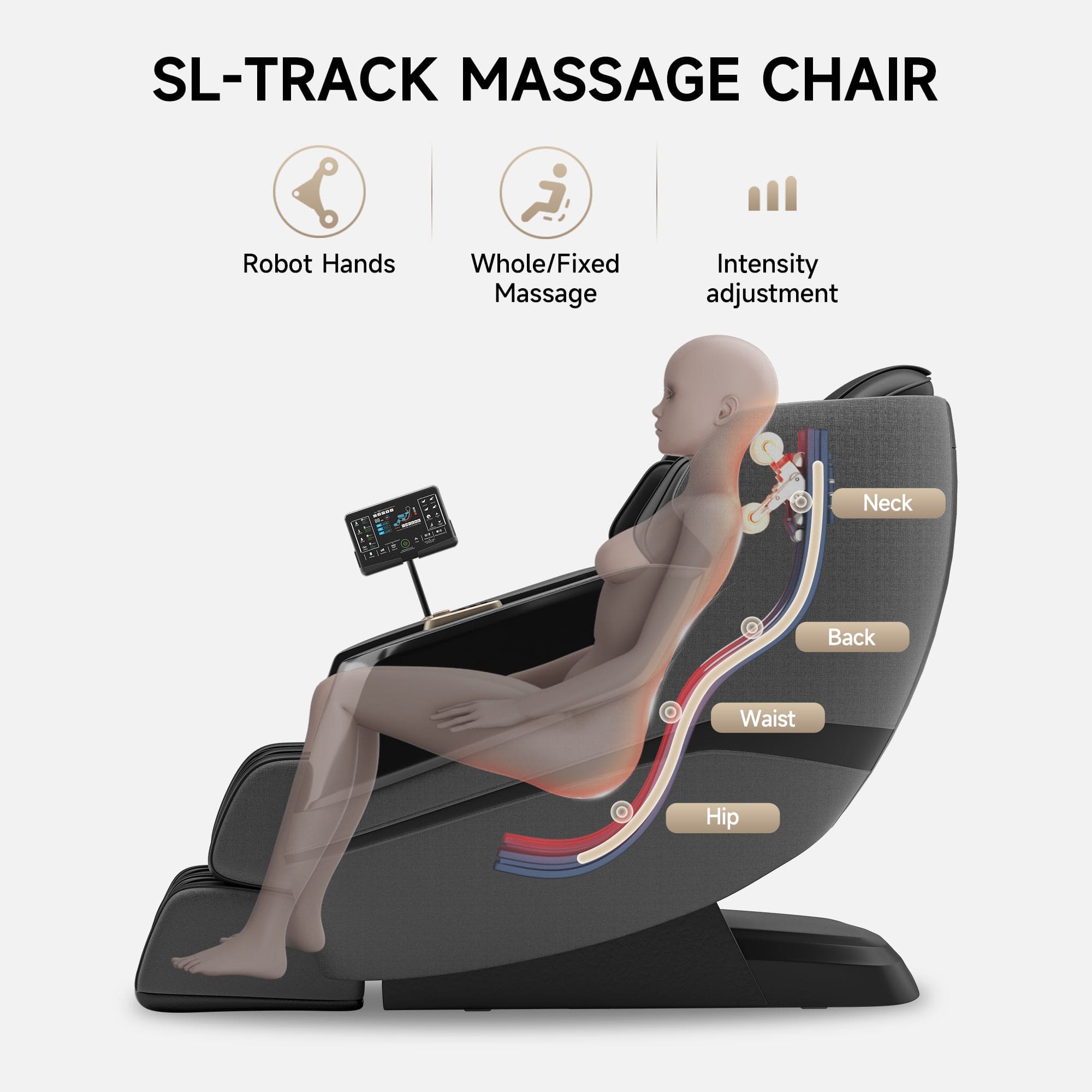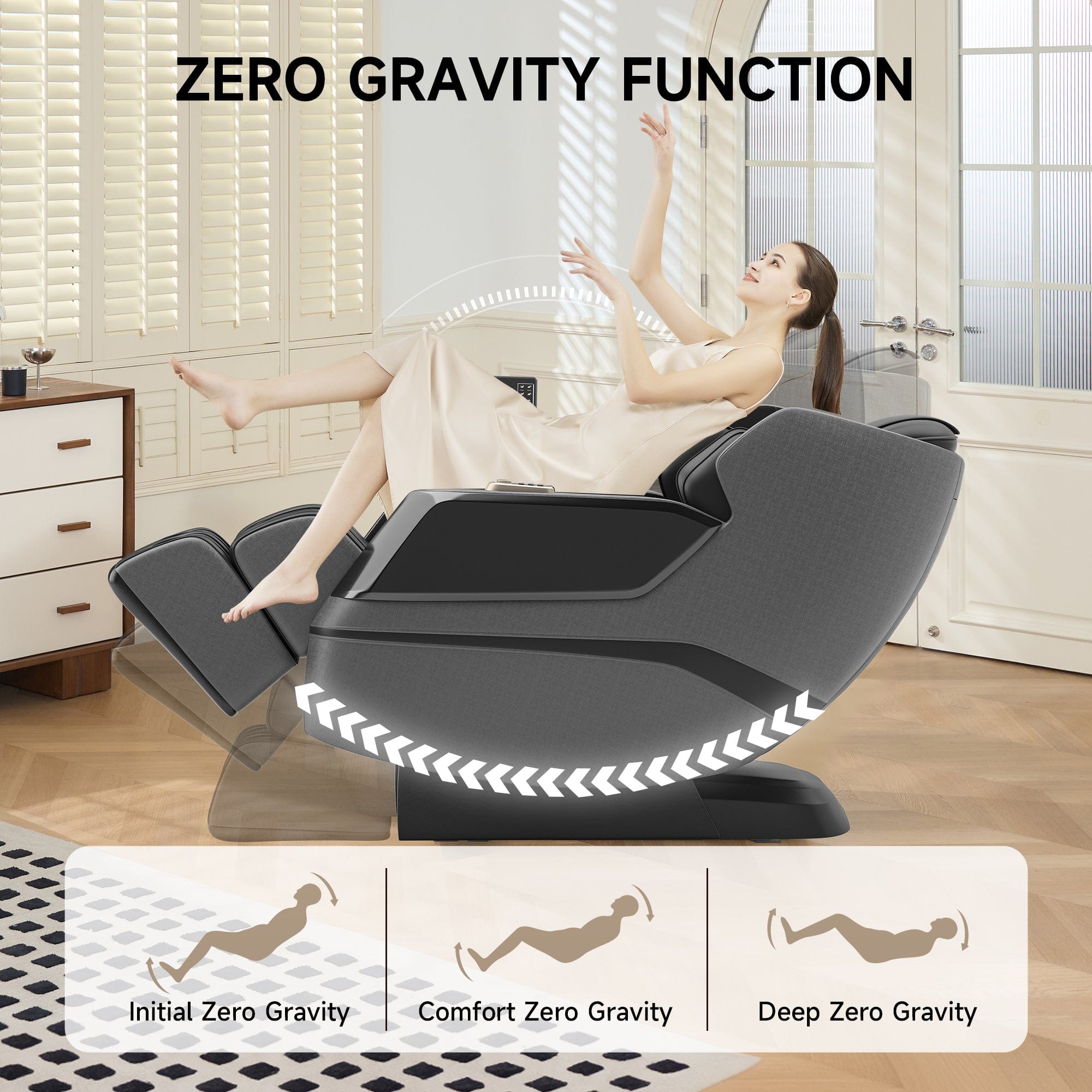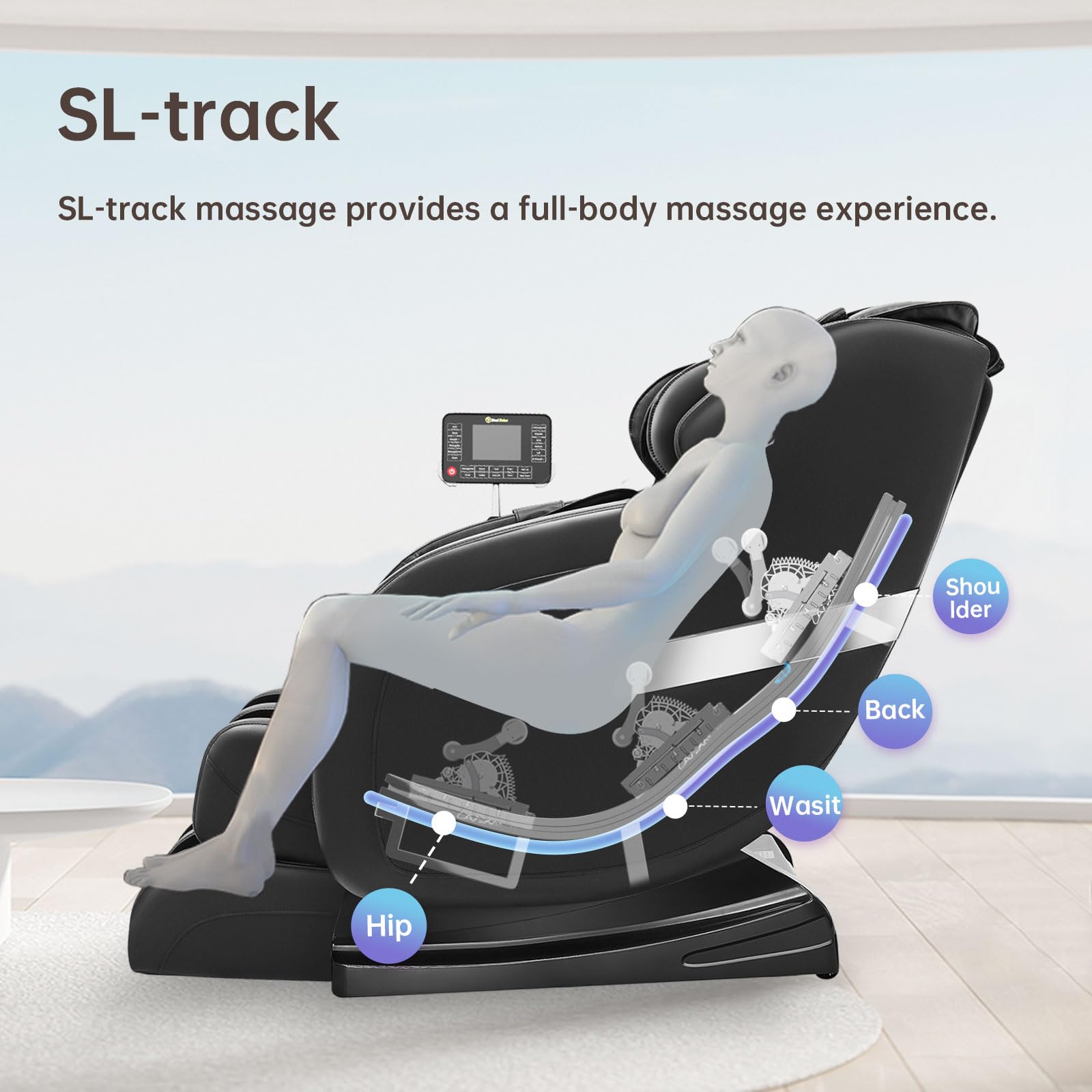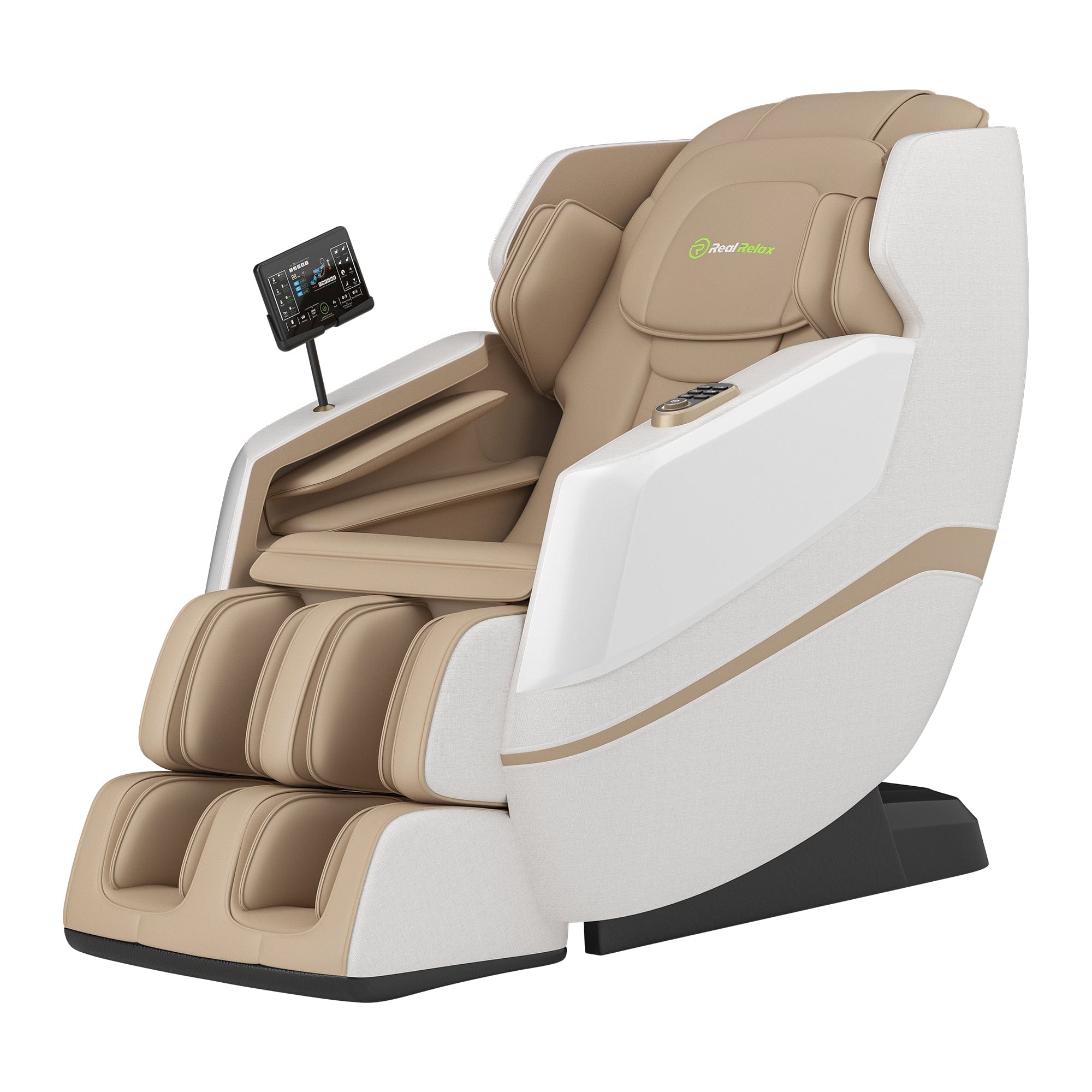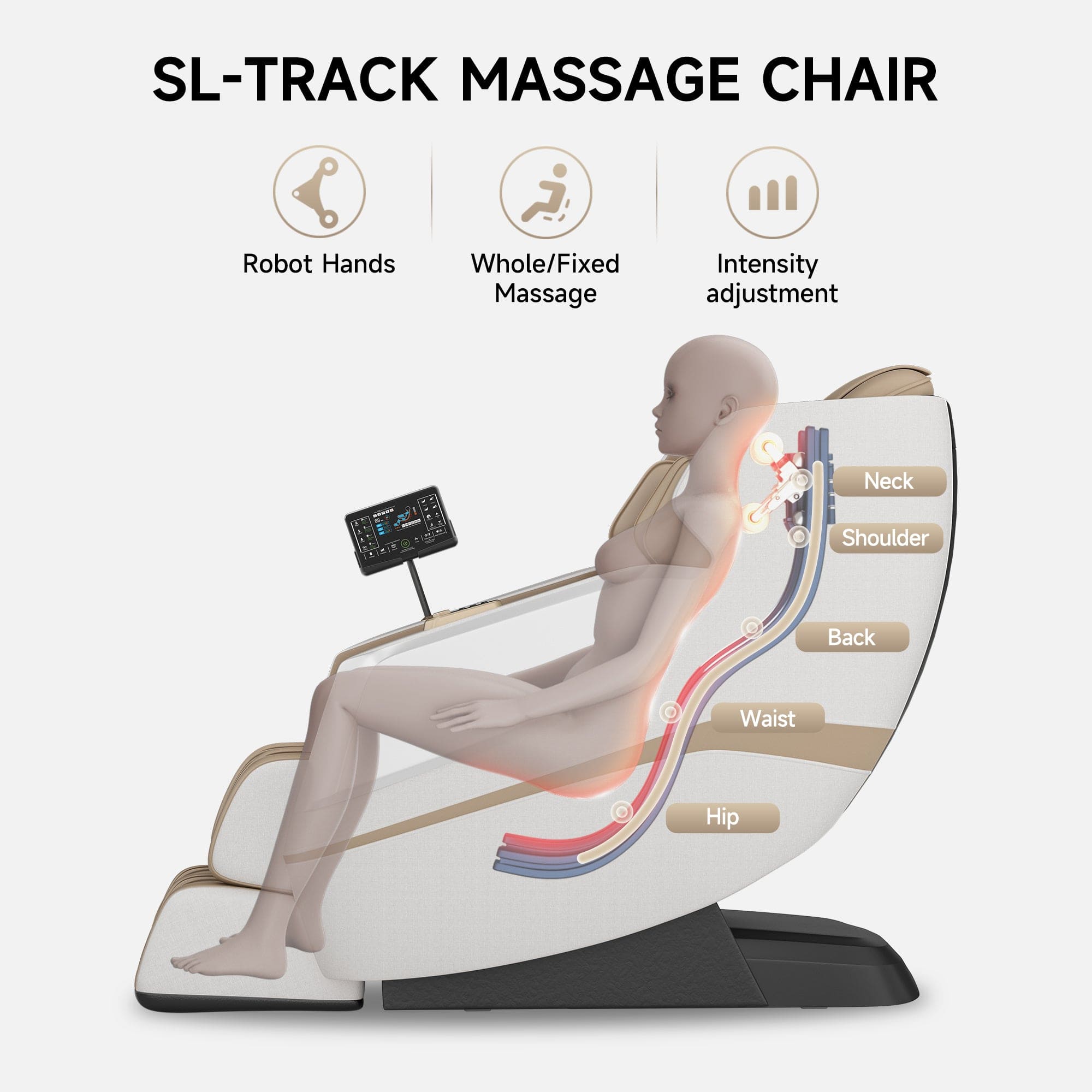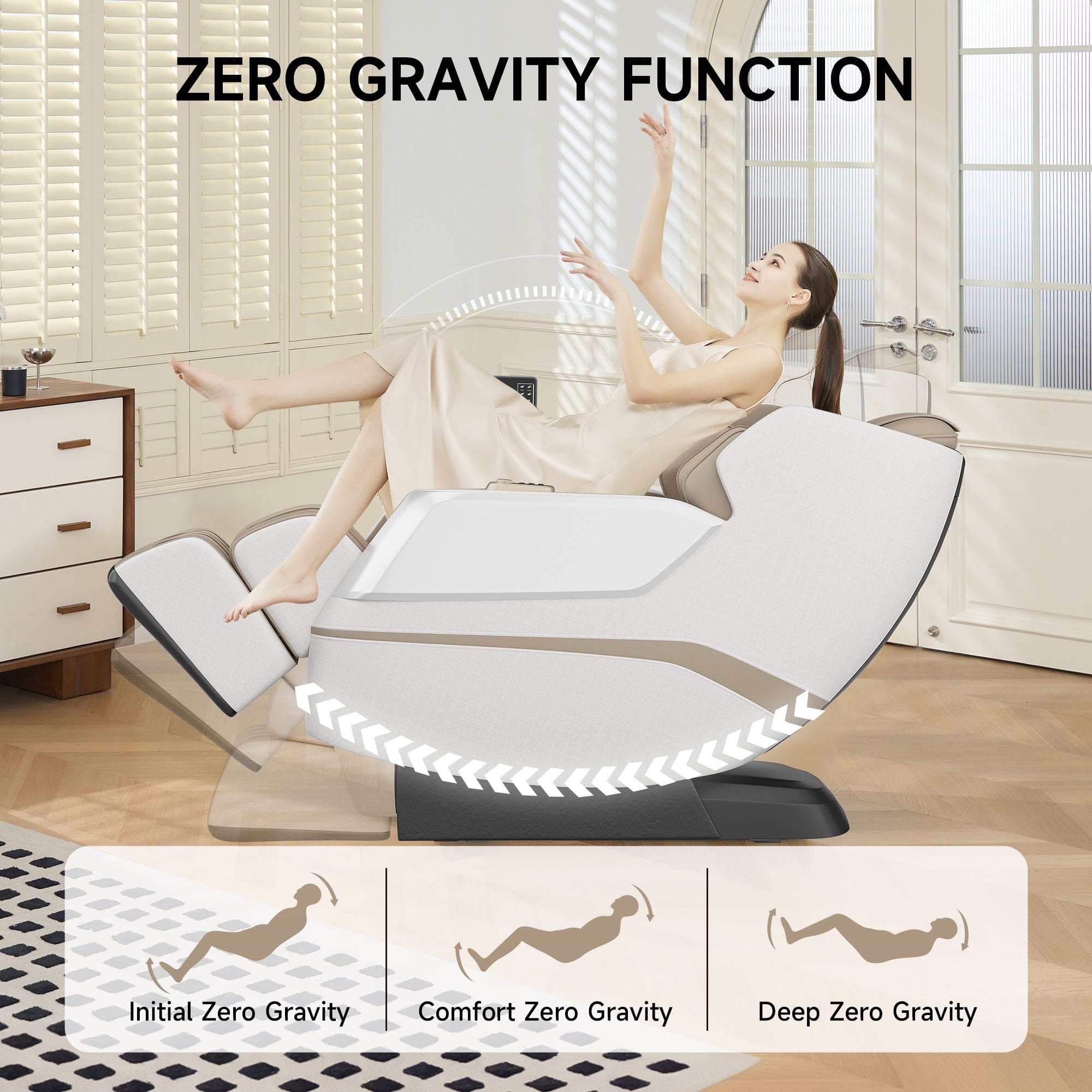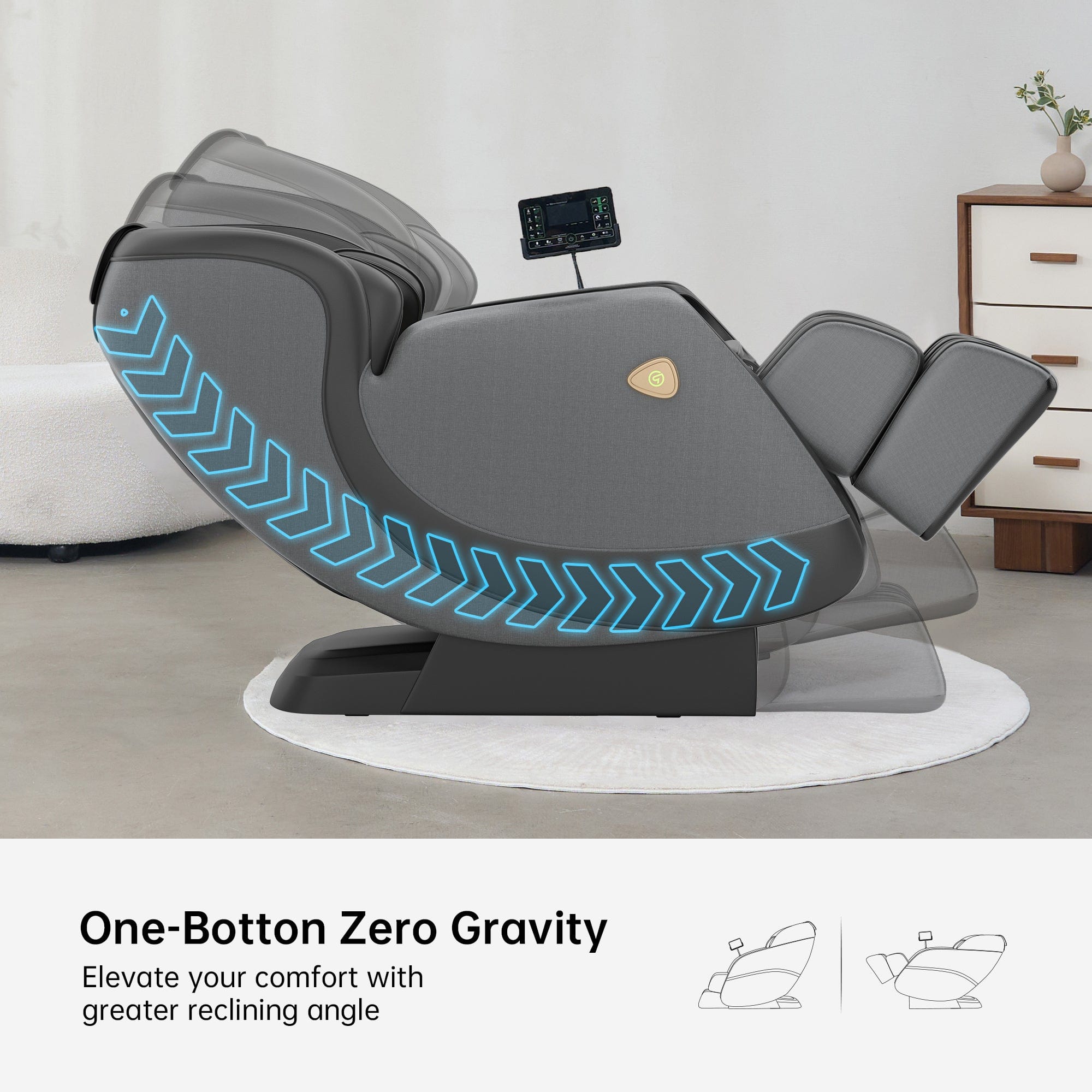Infrared saunas have become a popular choice for many seeking the benefits of heat therapy, but concerns about their potential impact on eye health, particularly the risk of causing cataracts, are understandable. Let's get into the science behind infrared radiation and its effects on the eyes to address this concern.
What Is Infrared Radiation?
Infrared radiation is a type of light that falls just beyond the visible spectrum, with wavelengths ranging from 780nm to 1mm. It's divided into three bands: near-infrared (IR-A, 780nm to 1400nm), mid-infrared (IR-B, 1400nm to 3000nm), and far-infrared (IR-C, greater than 3000nm). Different types of infrared saunas emit different wavelengths, which is crucial for understanding their potential impact on the eyes.
Cataracts are a clouding of the lens in the eye that can lead to blurry vision and even blindness if left untreated. The concern about infrared saunas causing cataracts stems from studies on workers in industries like glassblowing, who are exposed to high levels of near-infrared radiation. A study from 1984 showed that long-term exposure to near-infrared was associated with increased cataract formation. However, it's important to note that these workers were exposed to a much higher intensity and duration of infrared radiation than one would experience in a sauna setting.
Relation Between Near-Infrared Radiation and Eye Health
Near-infrared radiation (NIR) has been shown to promote cataract development with high or repeated exposure. Cataracts are an age-related clouding of the lens of the eye and are the leading cause of blindness worldwide. The research indicates that exposure to near-infrared accelerates the aging of skin and produces oxidative stress, which has the potential to cause cancer. Given this, it's clear that NIR can pose a risk to eye health, but this risk is significantly mitigated in saunas that use far-infrared radiation or a full-spectrum that includes lower levels of NIR.

Real Relax 1-2 Person Near Zero EMF Sauna
Relation Between Infrared Saunas and Ee Safety
The International Commission on Non-Ionizing Radiation Protection (ICNIRP) acknowledges that cataract has been epidemiologically associated with chronic intermittent exposure at low irradiance. However, the ICNIRP also provides guidelines to avoid thermal injury of the cornea and possible cataractogenesis, recommending exposure limits for IR-A and IR-B. This means that with proper precautions and adherence to safety guidelines, the risk of infrared saunas causing cataracts can be minimized.
How to ensure eye safety while using an infrared sauna?
To ensure eye safety while using an infrared sauna, it's advisable to use eye protection, especially if the sauna emits near-infrared or full-spectrum infrared light. Specialized sauna goggles or glasses are designed to protect your eyes from the intense heat and light that infrared saunas emit. These goggles not only shield your eyes from infrared rays but also from the potential UV radiation that can be present in infrared saunas.
In conclusion, while there is evidence to suggest that near-infrared radiation can contribute to the development of cataracts, the risk associated with infrared saunas is significantly lower, especially when using saunas that emit far-infrared radiation or adhere to safety guidelines. By taking the necessary precautions, such as wearing protective eyewear, individuals can safely enjoy the benefits of infrared saunas without putting their eyes at risk. It's always better to err on the side of caution and protect your eyes with sauna goggles, especially if you have concerns about the specific type of infrared radiation used in your sauna. Remember, your eye health is just as important as your overall well-being, so don't take any unnecessary risks when using an Real Relax infrared sauna.





